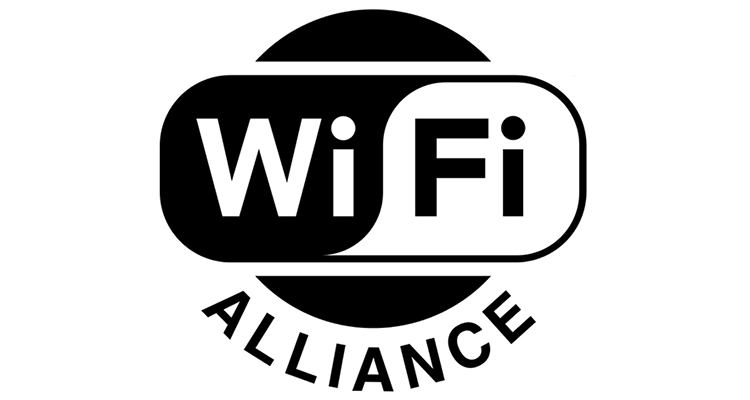Wi HaLow There!
 The Internet of Things (IoT) just got one step closer to reality. The Wi-Fi Alliance recently approved a new low-powered long-range Wi-Fi standard they are calling 802.11ah or HaLow for short. Announced at CES this year, this new standard promises to make IoT possible on a large scale.
The Internet of Things (IoT) just got one step closer to reality. The Wi-Fi Alliance recently approved a new low-powered long-range Wi-Fi standard they are calling 802.11ah or HaLow for short. Announced at CES this year, this new standard promises to make IoT possible on a large scale.
One of the biggest hurdles to IoT has been the ability of connected devices to be able to send information back to a central hub for collection, distribution, and analysis. This has been working fine on a small scale but so far has not been able to be expanded to a usable size to incorporate significant numbers of devices. The level of sophistication of data has also increased even within small systems often times leading to failure, shortcomings or unreliability.
As we continue to see more and more devices that can take or supply feedback such as wearables and all manner of sensors for everything from HVAC, power, lighting, security and audiovisual the need to strengthen the current technology and standards was required and will be a welcome relief to consumers, manufacturers and system designers.
HaLow offers a Wi-Fi standard with longer ranges and better penetration through physical objects by operating below the one gigahertz frequency band (900MHz). From an AV perspective you can now see where our wireless microphone spectrum is headed. This frequency shift stretches the current range to nearly twice what it is today (estimated at 3,280 ft or 1KM) and also enables better penetration through walls and other obstacles. The Wi-Fi HaLow technology will be backwards compatible and deliver many of the same benefits and features expected by today’s consumers and ICT professionals. This includes multi-vendor interoperability, ease of use and setup, and Government Class security.
The Wi-Fi Alliance plans on officially starting the certification process sometime in 2018 for products but expect to see deliver of HaLow ready devices before then. IEEE is already in the final stages of giving its once over. Once on-line it can be expected to push up to 18Mbps using a 4MHz-wide channel initially with further development of technology allowing for 78Mbps using a 16MHz channel in the future. Systems designers, integrators and end users can access this through equipment upgrades eventually but it should not be any different than a natural progression in managing current Wi-Fi technology upgrade protocols.
Even though the speed is slower than hoped for, the IoT devices expected to live on this network typically send short bursts of data and are battery operated. This is not the wireless network you would want to use for your 4K or 8K video.
The biggest benefit the ICT industry can take advantage of is in the true “big data” of systems monitoring as it relates not only to device status but also power management and energy efficiency that would be able to directly feed into the building management system without impacting the higher speed networks that it currently resides on. IT professionals should feel better about that as they often comment that there is too much traffic on their networks as it is.





